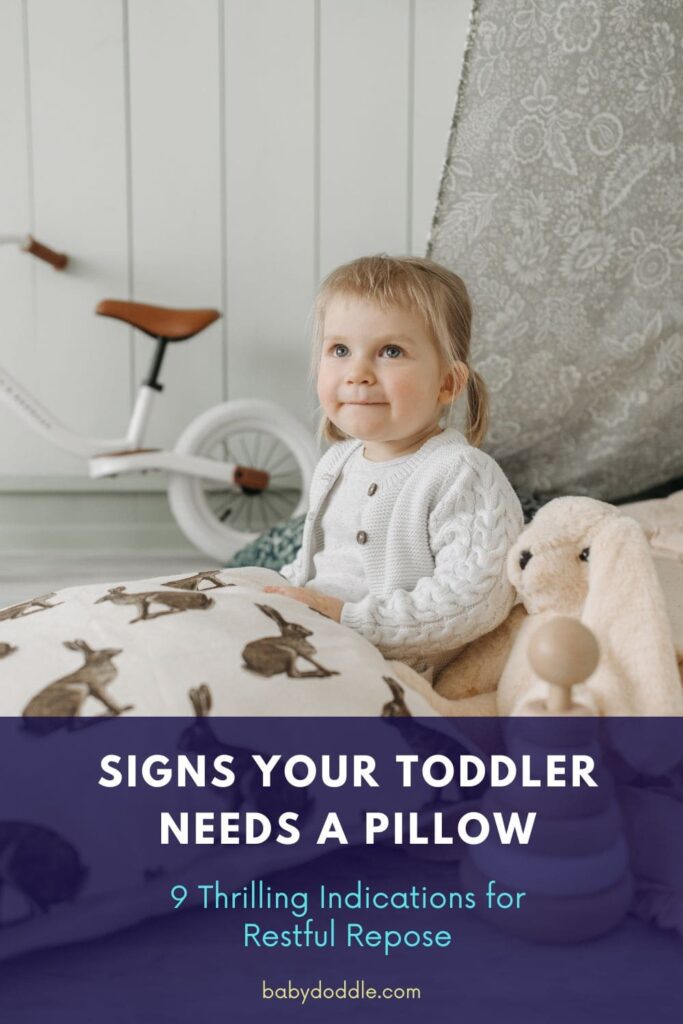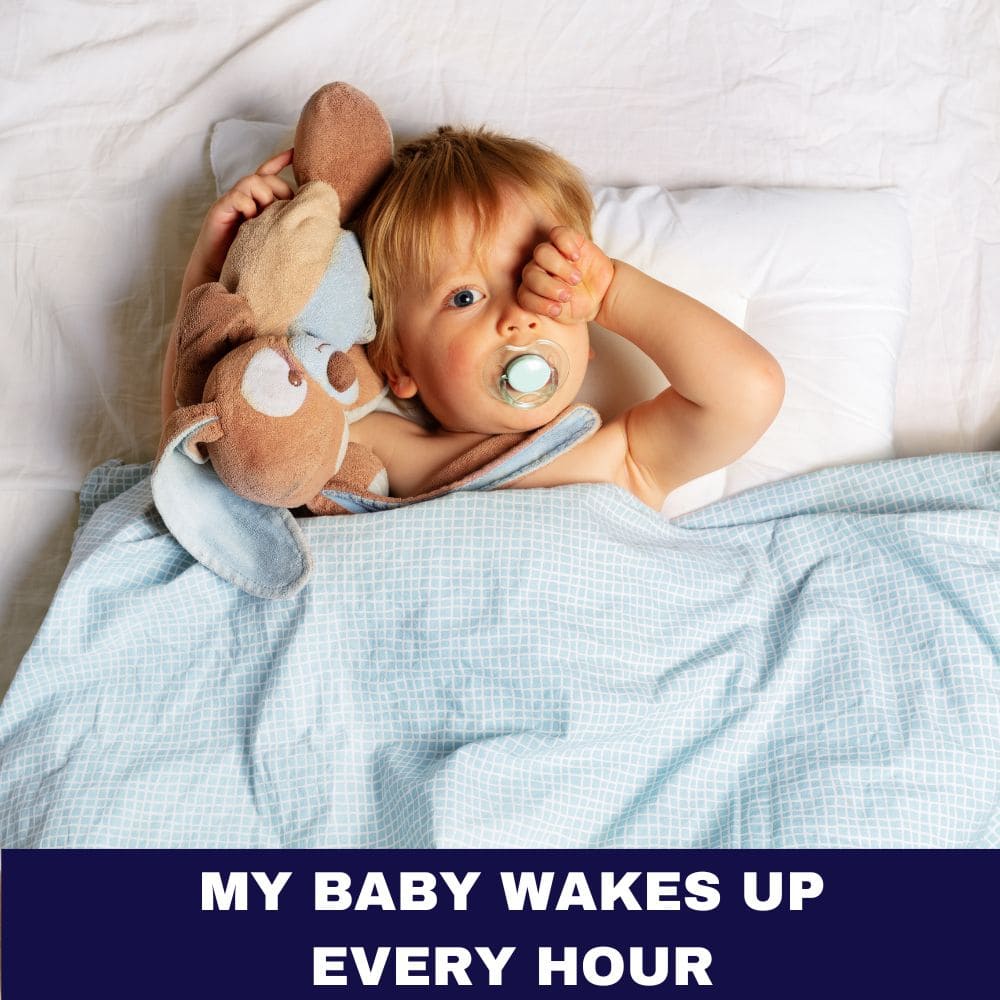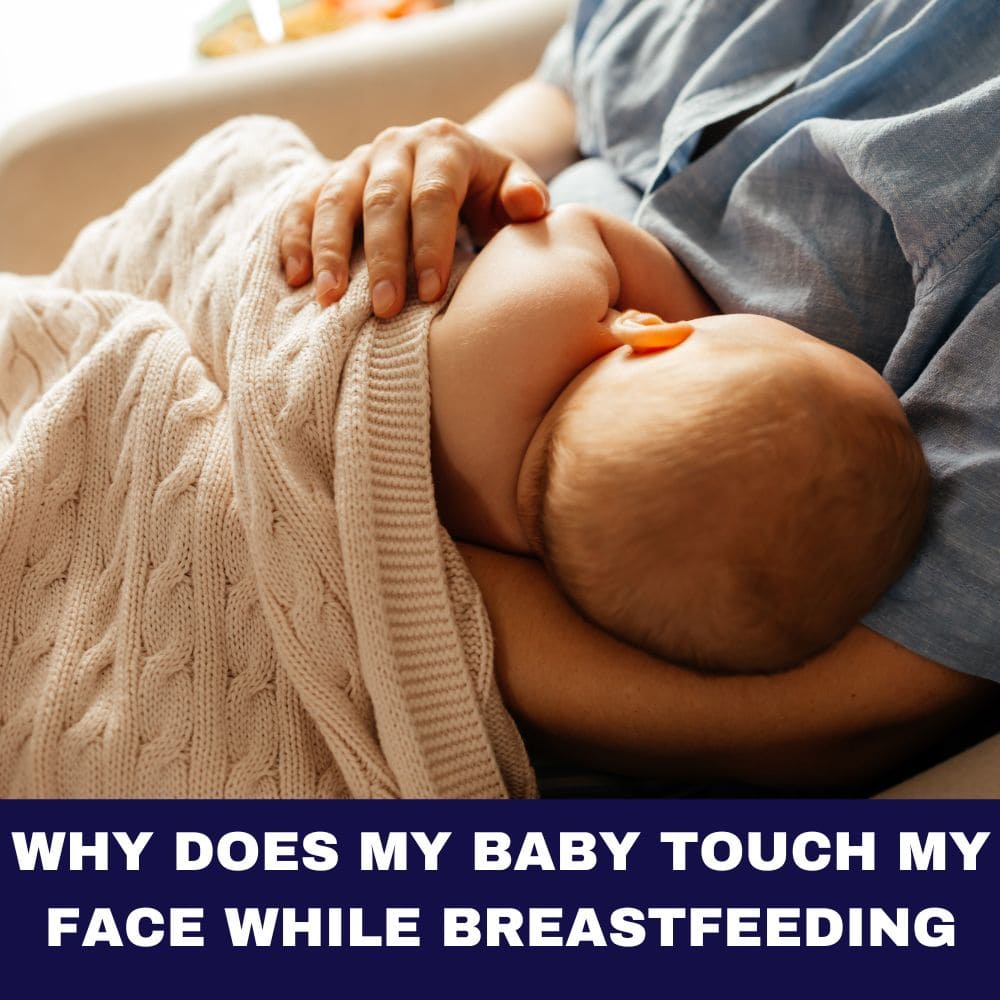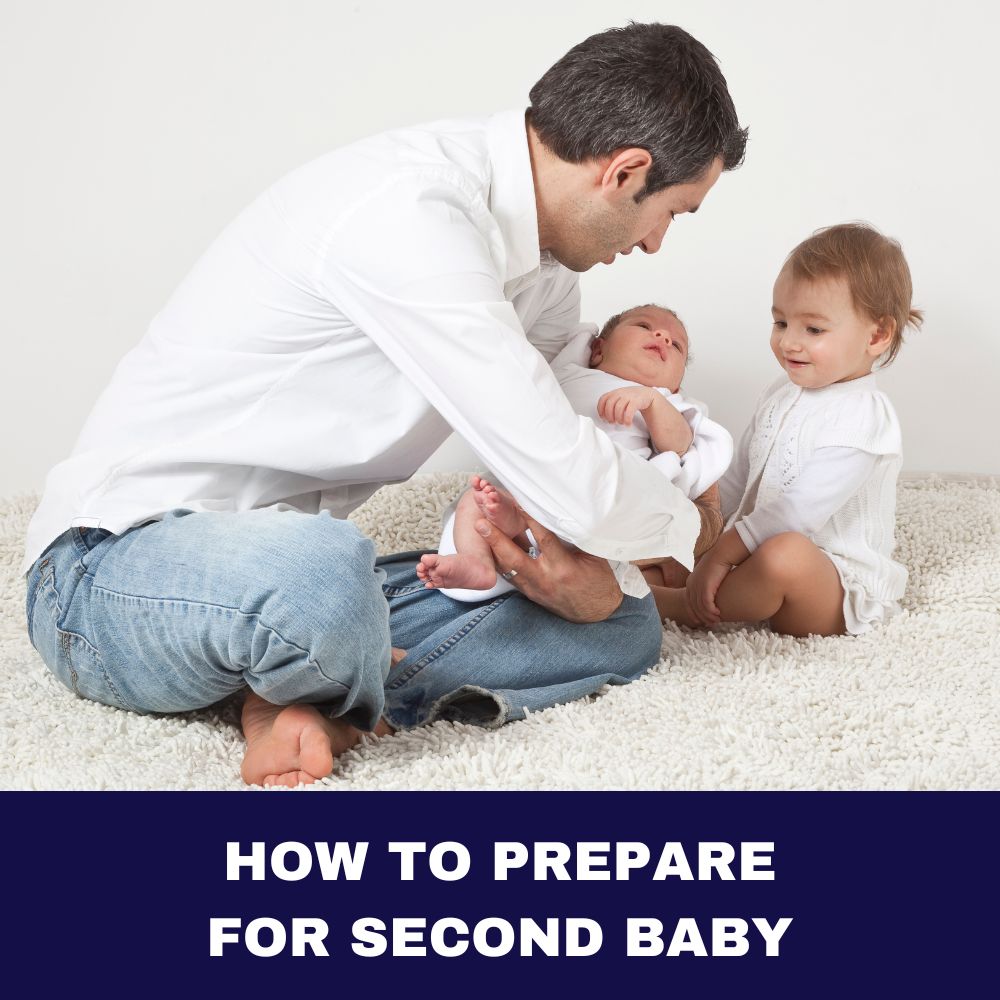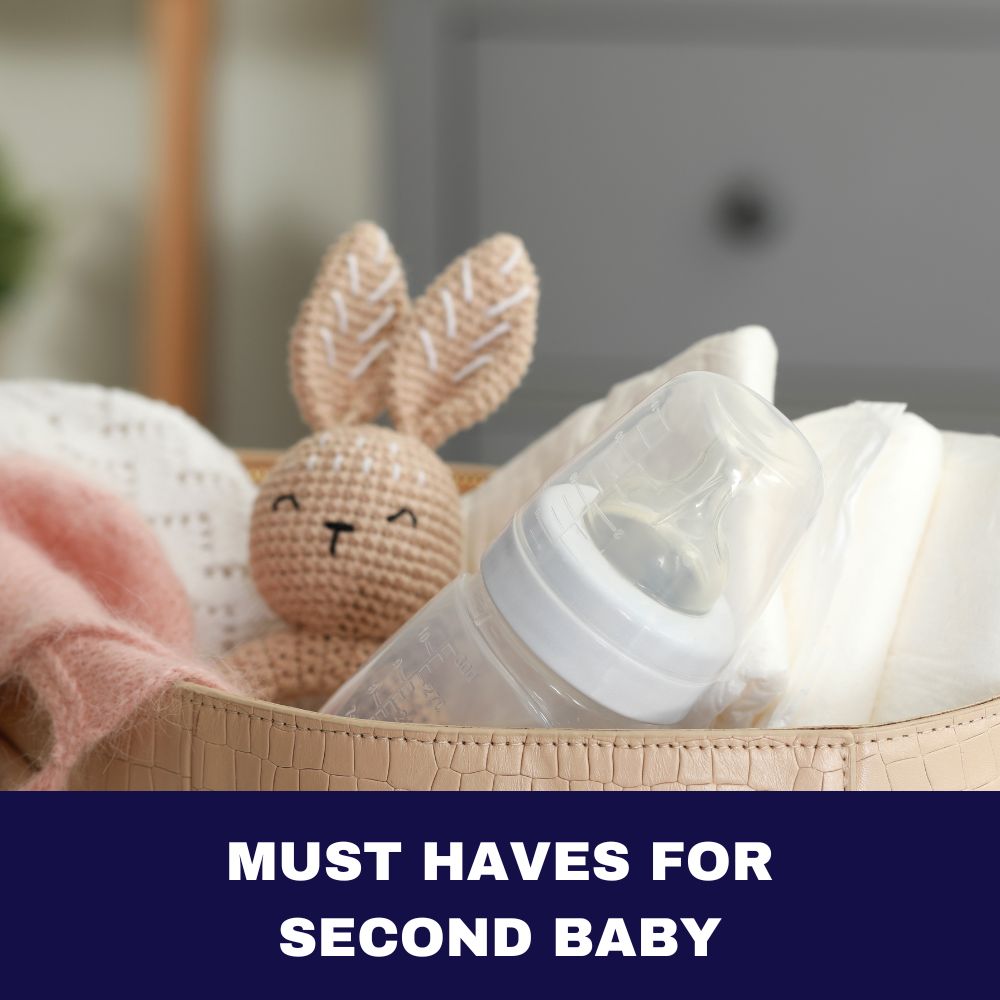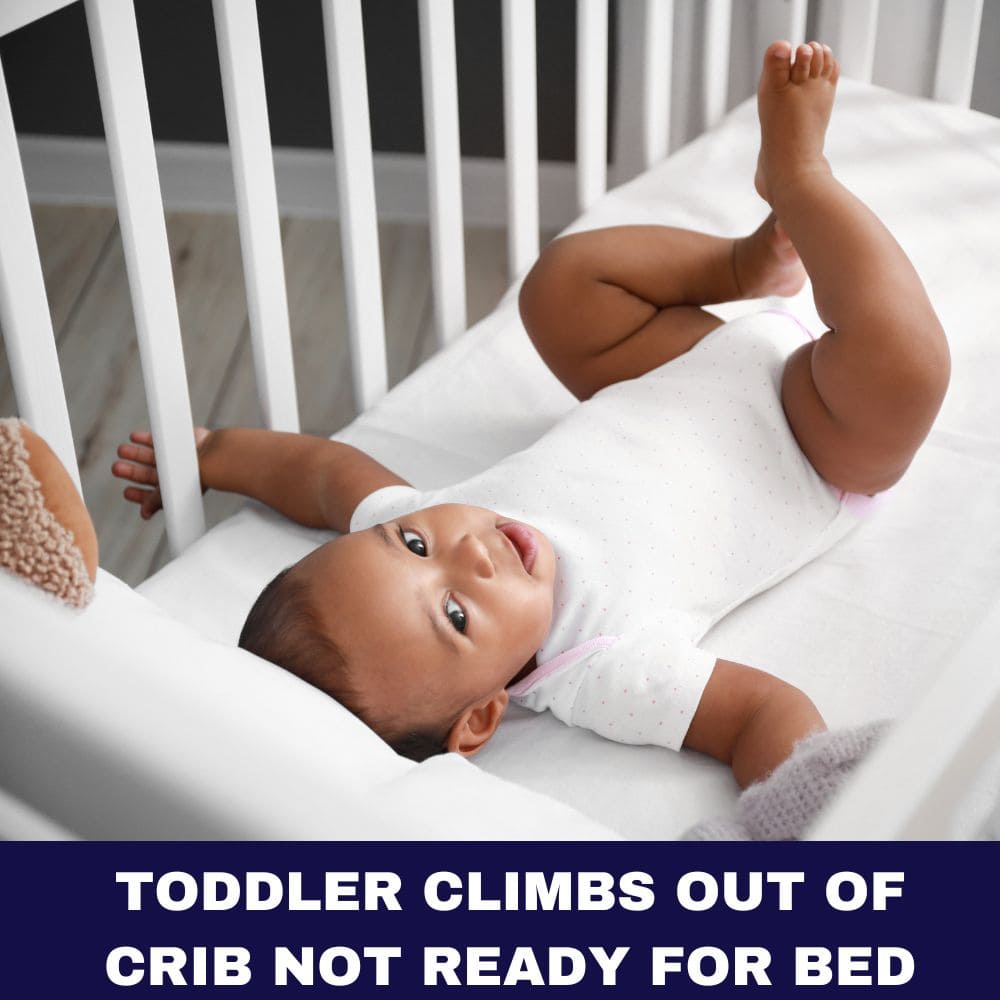Ever caught your little one tossing and turning at night, looking like they’re trying to get comfy on a bed of rocks? You’re not alone! As our kiddos grow, their sleep needs change faster than they outgrow their favorite jammies. One day, they’re snoozing peacefully in their crib, and the next, they’re ready for a pillow-top adventure. But how do you know when it’s time to introduce that fluffy cloud of comfort? Let’s dive into the world of toddler sleep and uncover the signs that your little dreamer might be ready for their first pillow.
The Importance of Sleep for Toddler Development
We all know sleep is important, but for toddlers, it’s like miracle grow for their brains and bodies. Quality shut-eye does more than just recharge their boundless energy – it’s crucial for physical growth, cognitive development, and emotional well-being.
Think of your toddler’s brain as a tiny factory working overtime. During sleep, it’s busy processing all the new information they’ve soaked up during the day, strengthening neural connections, and even solving problems. It’s no wonder they wake up with new skills and words seemingly out of nowhere!
But it’s not just about quantity – quality matters too. Proper sleep posture plays a big role in ensuring your little one gets the most out of their snooze time. Just like us adults, toddlers need good alignment to wake up feeling refreshed and avoid any ouchies in their neck or back.
Now, you might be thinking, “But my toddler sleeps like a rock no matter what!” While it’s true that some kids could probably sleep standing on their heads, providing the right sleep environment can make a world of difference in their overall health and development.
Next steps: Take a moment to observe your toddler’s sleep habits. Are they waking up refreshed and ready to tackle the day, or do they seem groggy and irritable? This could be your first clue that it’s time to reassess their sleep setup.

When Do Toddlers Typically Start Using Pillows?
Ah, the million-dollar question! The truth is, there’s no one-size-fits-all answer. Just like how some kids start walking at 9 months while others take their sweet time until 18 months, pillow readiness varies from child to child.
Generally speaking, most toddlers are ready for a pillow somewhere between 18 months and 3 years old. But don’t get too hung up on the numbers – it’s more about your child’s individual development and needs.
The transition from crib to bed often goes hand-in-hand with pillow introduction. It’s like a rite of passage into the world of “big kid” sleep. When your little one starts showing interest in your pillow or seems uncomfortable without head support, it might be time to consider making the switch.
Remember, every child is unique. Some might be ready earlier, while others might be perfectly content without a pillow for longer. The key is to watch for signs of readiness and always prioritize safety.
Next steps: Start paying attention to how your toddler sleeps in their crib or bed. Are they using stuffed animals or blankets to prop up their head? This could be a sign they’re craving that extra support a pillow provides.
9 Thrilling Indications Your Toddler Needs a Pillow
Now, let’s get to the juicy part – the signs that your toddler might be ready for their very own pillow. Buckle up, because these indications are more thrilling than a toddler’s first roller coaster ride (okay, maybe not quite, but close)!
1. Restless Sleep and Frequent Waking
Is your little one doing the midnight mambo in their bed? If they’re tossing and turning more than a rotisserie chicken, it might be a sign they’re uncomfortable. Without proper head and neck support, toddlers can struggle to find a cozy position, leading to disrupted sleep and grumpy mornings (for everyone involved).
2. Neck and Shoulder Discomfort
Have you noticed your toddler rubbing their neck or shoulders in the morning? They might not be auditioning for a tiny massage therapist role – this could be a sign that their current sleep setup isn’t providing enough support. A pillow can help align their spine and reduce any strain on those delicate neck muscles.
3. Seeking Head Elevation During Sleep
If your toddler is constantly trying to prop their head up on toys, blankets, or even their own arm, they’re basically sending up a flare signal saying, “Hey, I need some elevation here!” This MacGyver-like behavior is a clear indication that a pillow might be just what the sleep doctor ordered.
4. Increased Interest in Your Pillow
Has your pillow suddenly become the most fascinating object in the house? If your toddler is constantly trying to snag your pillow or snuggle up on it during story time, they might be ready for one of their own. It’s like they’re window shopping for sleep accessories!
5. Transitioning to a “Big Kid” Bed
The move from crib to bed is a big milestone, and it often coincides with pillow readiness. If your toddler is already sleeping in a bed, they might be more comfortable with a pillow to complete their “big kid” sleep setup.
6. Improved Neck Strength and Head Control
This one’s a bit technical, but bear with me. When toddlers develop strong neck muscles and good head control, it’s safer for them to use a pillow. If your little one can hold their head up steady and move it around with ease, they’re physically ready for some pillow action.
7. Sleeping in the “H” Position
Picture this: your toddler sprawled out like the letter H, arms outstretched. This position often indicates a desire for more support. A pillow can provide that missing piece of the sleep puzzle, helping them find a more natural and comfortable position.
8. Complaining of Feeling “Flat” When Lying Down
Okay, your toddler might not use these exact words, but if they’re fussing about lying down or constantly trying to sit up in bed, they might be telling you they need some elevation. It’s like they’re saying, “This bed is too 2D for me!”
9. Showing Signs of Sinus Congestion or Allergies
If your toddler often wakes up congested or sniffly, a slight elevation from a pillow might help. It can improve sinus drainage and make breathing easier. Just imagine how much better you feel with an extra pillow when you have a cold – same idea for your little one!
Next steps: Keep a sleep journal for a week, noting any of these signs you observe. If you’re ticking off multiple boxes, it might be time to start pillow shopping!
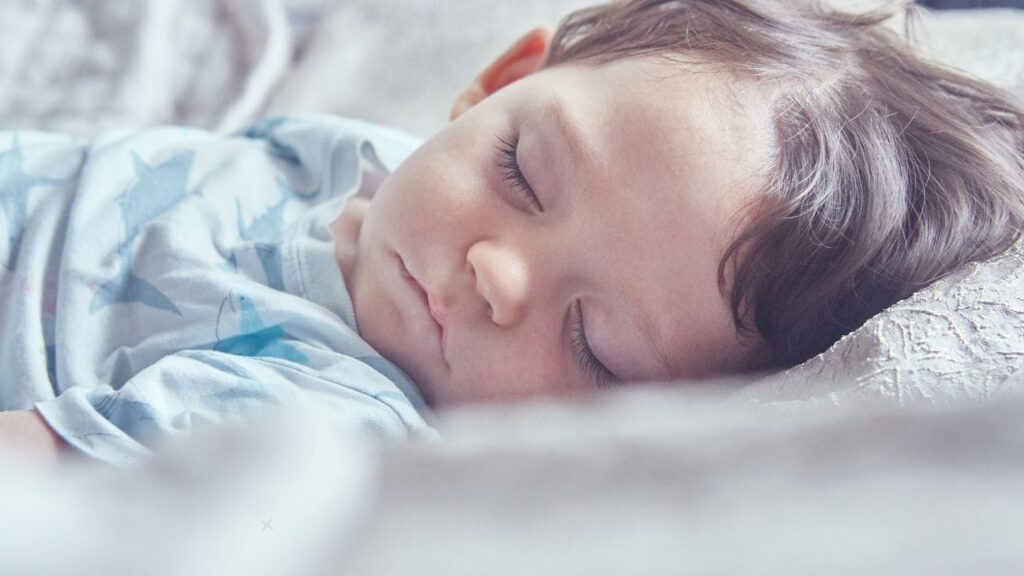
Physical Signs of Pillow Readiness
Let’s get a bit more specific about those physical signs that scream “I’m ready for a pillow!” It’s like your toddler’s body is playing a game of charades, and we’re here to decode the moves.
First up, neck strength is key. If your little one can hold their head up steady for long periods and move it around freely, they’ve hit a major milestone. This strength means they can adjust their position on a pillow safely during sleep.
Another physical sign is how they position themselves naturally. If you notice your toddler often sleeps with their arm under their head or bunches up blankets for support, they’re essentially creating their own DIY pillow. It’s like they’re a tiny sleep engineer, innovating solutions for comfort!
Pay attention to their overall motor skills too. Can they climb in and out of bed easily? Do they have good coordination when playing? These skills translate to better body awareness during sleep, making pillow use safer.
Lastly, watch for signs of discomfort when they wake up. If they’re stretching their neck a lot or seem stiff, it could mean their current sleep position isn’t ideal. A pillow might be just the thing to help them wake up feeling like a million bucks (or at least ready for breakfast without the grumps).
Next steps: During your bedtime routine, take a moment to observe how your toddler naturally positions themselves for sleep. Their instincts might be telling you it’s pillow time!
Behavioral Changes Suggesting Discomfort Without a Pillow
Now, let’s talk about the secret language of toddler behavior. Sometimes, their actions speak louder than words when it comes to sleep discomfort.
Have you noticed your usually cheerful tot turning into a grumpy gus in the mornings? While we all have our off days, consistent morning crankiness could be a sign of poor sleep quality. It’s like they’re saying, “I woke up on the wrong side of the bed… because there’s no right side without a pillow!”
Another telltale sign is an increased resistance to bedtime. If your toddler suddenly starts throwing gold-medal-worthy tantrums at the mere mention of sleep, it might not be just a phase. They could be associating their bed with discomfort, making bedtime about as appealing as a timeout.
Watch out for new habits too. If your little one starts bringing every stuffed animal they own to bed, they might be subconsciously trying to create more comfort and support for themselves. It’s like they’re building a pillow fort, minus the actual pillow!
Lastly, pay attention to any new sleep positions they adopt. If they’ve gone from sprawling out to curling up in a tight ball, they might be trying to create their own support system. It’s their body’s way of compensating for what’s missing.
Next steps: Start a bedtime comfort chat with your toddler. Ask them how they feel about their bed and if anything could make it cozier. You might be surprised by their insight!
Observing Sleep Patterns as an Indicator
Becoming a sleep detective for your toddler might sound exhausting, but it’s actually pretty fascinating. Their sleep patterns can tell you a lot about their comfort level and readiness for a pillow.
First, let’s talk about sleep cycles. Toddlers typically have sleep cycles lasting about 45 minutes. If you notice your little one stirring or fully waking up more frequently than this, especially if they’re rubbing their neck or changing positions a lot, it could be a sign that they’re not comfortable.
Pay attention to how long it takes them to fall asleep too. If your toddler used to drift off to dreamland faster than you could say “goodnight moon” but now tosses and turns for ages, they might be struggling to find a comfy position.
Another thing to watch for is early morning wakings. If your toddler suddenly starts popping up with the roosters when they used to sleep until a reasonable hour, discomfort could be the culprit. It’s like their body is saying, “I’ve had enough of this flat business, time to start the day!”
Don’t forget about naps! If your usually stellar napper starts fighting their daytime snooze or wakes up early from naps, it could be another clue that their sleep setup needs an upgrade.
Next steps: Consider using a sleep tracking app or even a simple notebook to jot down your toddler’s sleep patterns for a week or two. Look for any changes or consistencies that might indicate discomfort.
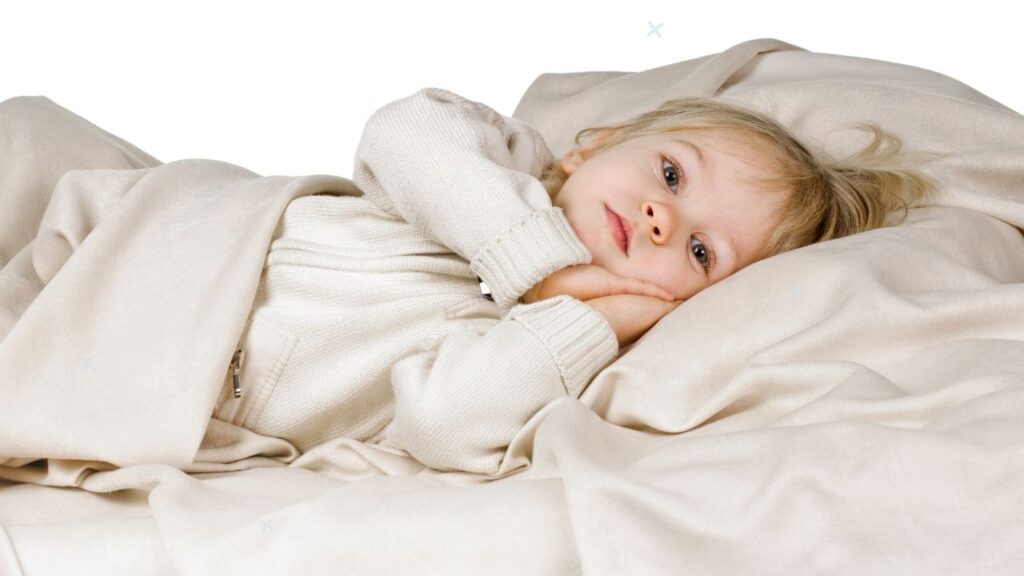
Now, I know what you’re thinking – “This all sounds great, but is it safe?” It’s a valid concern, and you’re right to be cautious. After all, we’re talking about our precious little ones here!
The main safety concerns with toddler pillow use are choking hazards, suffocation risks, and SIDS (Sudden Infant Death Syndrome) considerations. It’s enough to make any parent want to bubble wrap their child’s entire room!
But don’t panic just yet. While these risks are real, they can be mitigated with proper precautions and timing. Here’s a quick rundown:
| Safety Concern | Mitigation Strategy |
|---|---|
| Choking Hazard | Use a firm, toddler-specific pillow that won’t break apart |
| Suffocation Risk | Ensure the pillow is appropriately sized and not too soft |
| SIDS Considerations | Wait until your child is at least 18 months old before introducing a pillow |
Remember, the key is to wait until your child is developmentally ready. If you’re unsure, it’s always best to consult with your pediatrician. They can give you personalized advice based on your child’s specific needs and development.
Next steps: Before introducing a pillow, do a safety check of your toddler’s entire sleep area. Remove any loose bedding or toys that could pose a risk, and ensure the mattress is firm and fits snugly in the bed frame.
Why You Should Not Give Your Toddler a Regular Pillow
I get it – you’re excited to upgrade your toddler’s sleep game, and that fluffy pillow from your guest room is just sitting there, tempting you. But hold your horses! Regular adult pillows are a no-go for toddlers, and here’s why.
First off, size matters. Adult pillows are like skyscrapers compared to your toddler’s tiny frame. They’re way too big and can actually push your child’s head forward, straining their neck and potentially obstructing their airway. Not exactly the comfort upgrade we’re going for!
Then there’s the firmness factor. Adult pillows are often too soft for toddlers, increasing the risk of suffocation. Your little one’s face could sink right into that cloud-like pillow, making it difficult for them to breathe. Yikes!
Let’s not forget about allergens. Adult pillows have had plenty of time to accumulate dust mites, pet dander, and other sneeze-inducing culprits. Your toddler’s sensitive system might not be ready for that kind of exposure.
Lastly, adult pillows aren’t designed with toddler safety in mind. They might have removable parts or materials that could pose a choking hazard. It’s like giving a toddler the keys to a car – just not age-appropriate!
Next steps: Resist the urge to repurpose adult pillows for your toddler. Instead, start researching toddler-specific pillows that are designed with their unique needs and safety in mind.
Choosing the Right Pillow for Your Toddler
Alright, you’ve decided it’s pillow time for your toddler. Exciting stuff! But before you go pillow shopping, let’s talk about what makes a great toddler pillow. It’s not just about picking the cutest pillowcase (though that’s fun too)!
Size is crucial. You want a pillow that fits your toddler’s proportions, not something that takes up half the bed. Think small and slim – just enough to provide support without overwhelming your little one.
Firmness is another key factor. Unlike us adults who might enjoy sinking into a cloud-like pillow, toddlers need something firmer for proper support and safety. It should have just enough give to be comfortable, but still maintain its shape.
When it comes to materials, hypoallergenic is the way to go. Look for pillows made from materials like organic cotton or polyester fills that resist dust mites and other allergens. Your toddler’s delicate system will thank you!
Safety ratings are a must. Look for pillows that meet or exceed safety standards. Some even come with certifications from pediatric chiropractors or orthopedic institutes.
Here’s a handy table to help you compare some common toddler pillow features:
| Feature | What to Look For |
|---|---|
| Size | 13 x 18 inches or smaller |
| Firmness | Medium-firm to firm |
| Material | Hypoallergenic (e.g., organic cotton, polyester) |
| Safety | Meets or exceeds safety standards |
| Cover | Removable, washable cover |
Remember, the perfect pillow for your toddler is one that balances comfort, support, and safety. It might take a bit of trial and error, but your little one’s quality sleep is worth the effort!
Next steps: Make a list of must-have features for your toddler’s pillow based on their specific needs and preferences. Use this as a guide when shopping to ensure you find the perfect fit.
Strategies for Smooth Transition to Pillow Use
Introducing a pillow to your toddler’s sleep routine is like introducing a new food – it might take a few tries before they warm up to it. But don’t worry, I’ve got some strategies to make the transition smoother than a lullaby.
Start with nap time. It’s a great low-pressure way to introduce the pillow. You can supervise more easily, and if it doesn’t go well, you haven’t disrupted the all-important night sleep.
Make it exciting! Talk up the pillow like it’s the coolest new toy. Let your toddler pick out the pillowcase or decorate it with stickers. The more they feel involved, the more likely they are to embrace it.
Try the gradual approach. Start by placing the pillow on top of the sheets, not under your toddler’s head. Let them explore and get used to its presence. They might naturally gravitate towards using it.
Use it during story time or quiet play in bed. This helps your toddler associate the pillow with comfort and relaxation, making it more appealing for sleep time.
Be patient and consistent. Some kids take to pillows right away, while others need time. Keep offering it without pressure, and chances are they’ll come around.
Next steps: Plan a special “pillow introduction day” with
your toddler. Make it a fun event with pillow-themed activities and end the day by introducing the new pillow to their bed.
Other Sleep Environment Factors to Consider
While we’re on the subject of sleep comfort, let’s not forget the supporting cast in the theatre of toddler sleep. A pillow is great, but it’s just one piece of the puzzle. Let’s look at some other factors that can make or break your little one’s sleep experience.
First up, temperature. Toddlers are like Goldilocks – they need it just right. Too hot, and they’ll be sweaty and restless. Too cold, and they’ll wake up searching for warmth. Aim for a room temperature between 68-72°F (20-22°C). It might feel a bit cool to you, but it’s perfect for promoting deep, restful sleep.
Lighting is another biggie. While some kids can sleep through a rock concert, most toddlers sleep best in a dark room. Consider blackout curtains to block out early morning light or street lamps. If your little one needs a nightlight, opt for a warm, dim light that won’t disrupt their sleep cycles.
Now, let’s talk noise. Some toddlers need complete silence, while others sleep better with a bit of background noise. If your home is pin-drop quiet, a white noise machine can provide a consistent, soothing sound that masks sudden noises that might wake your little one.
Don’t forget about bedding! Soft, breathable sheets can make a world of difference. And while we’re on the subject of beds, make sure the mattress is supportive and comfortable. A lumpy or too-soft mattress can undo all the good work of that perfect pillow.
Lastly, consistency is key. A regular bedtime routine signals to your toddler’s brain that it’s time to wind down. Whether it’s a warm bath, storytime, or a calming lullaby, stick to the same sequence of events each night.
Here’s a quick checklist for creating the ideal toddler sleep environment:
- Room temperature: 68-72°F (20-22°C)
- Lighting: Dark or very dim
- Noise level: Quiet or consistent white noise
- Bedding: Soft, breathable materials
- Mattress: Supportive and comfortable
- Routine: Consistent bedtime sequence
Next steps: Do a sleep environment audit. Spend a night in your toddler’s room (or as close as you can get) to experience their sleep setup firsthand. You might be surprised by what you notice!
Conclusion
Whew! We’ve journeyed through the land of toddler sleep, uncovering the thrilling signs that your little one might be ready for their first pillow. From restless nights to neck rubs and pillow envy, we’ve covered it all. Remember, every child is unique, and there’s no one-size-fits-all approach to introducing a pillow.
The key takeaway? Trust your instincts and observe your child. Those 9 thrilling indications we discussed are your guideposts, but your toddler’s individual needs and development are the true north of this sleep adventure.
As you embark on this new chapter of toddler sleep, keep safety at the forefront. Choose a pillow designed specifically for toddlers, create a sleep environment that’s comfortable and conducive to rest, and always consult with your pediatrician if you have concerns.
Introducing a pillow is more than just adding another item to the bed – it’s a milestone in your child’s development. It’s a step towards independence, comfort, and hopefully, more restful nights for everyone!
So, are you ready to pillow up? Keep an eye out for those signs, trust your parental intuition, and get ready for some cozy, comfy, pillow-powered sleep. Sweet dreams, little ones (and parents too)!
FAQ – Signs Your Toddler Needs a Pillow
Is it safe for my 18-month-old to use a pillow?
While 18 months is often considered the earliest age for pillow introduction, it’s not a hard and fast rule. Every child develops differently. At this age, most toddlers have the neck strength and motor skills to safely reposition themselves during sleep. However, it’s crucial to use a pillow specifically designed for toddlers and to always consult with your pediatrician before making the switch. Watch for signs of readiness and prioritize safety above all else.
How do I know if my toddler’s pillow is too high or too low?
The perfect pillow height for your toddler should keep their head, neck, and spine in alignment when lying down. A good rule of thumb is that the pillow should be about as thick as the distance between your child’s shoulder and ear when they’re lying on their side. If you notice your toddler’s head tilting up or down while sleeping, or if they frequently push the pillow away, it might not be the right height. Remember, toddler pillows are generally much flatter than adult pillows for good reason!
What if my toddler doesn’t like using a pillow?
Don’t worry if your toddler isn’t instantly in love with their new pillow. Some kids take time to adjust to changes in their sleep environment. Try making the pillow part of fun daytime activities, like reading stories or having a pretend picnic. You can also try different types of toddler pillows – some kids prefer firmer pillows, while others like softer ones. If your toddler consistently rejects the pillow, it’s okay to wait a while and try again later. Every child is different, and there’s no rush!
Can a pillow help with my toddler’s nighttime congestion?
Yes, a slightly elevated sleeping position can potentially help with nighttime congestion by promoting better sinus drainage. However, for toddlers, it’s crucial to use a properly sized pillow designed for their age group. Never prop up a toddler’s mattress or use adult pillows, as these can create unsafe sleep conditions. If your toddler suffers from chronic congestion, it’s best to consult with your pediatrician for safe, age-appropriate solutions.
How often should I wash my toddler’s pillow?
Toddler pillows should be washed regularly to keep them clean and allergen-free. Aim to wash the pillowcase weekly, along with other bedding. For the pillow itself, check the care instructions, but generally, washing every 4-6 weeks is a good rule of thumb. Always make sure the pillow is completely dry before use to prevent mold growth. Some toddler pillows come with removable, washable covers, which can make maintenance easier. Remember, a clean pillow contributes to a healthy sleep environment!
